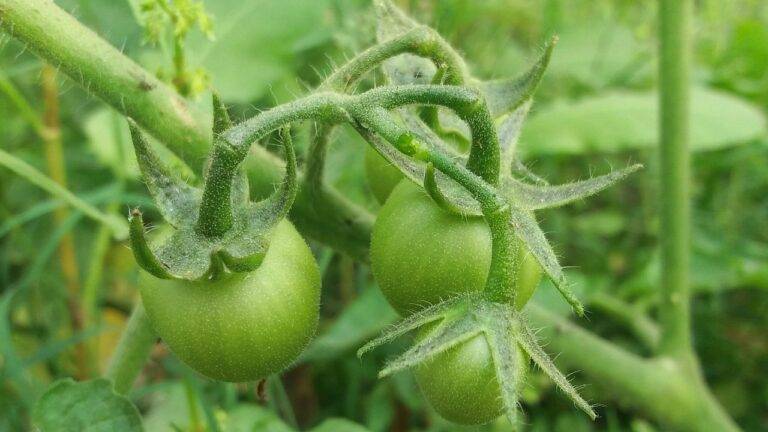Capsule Kitchen Pantry: Streamlining Your Ingredients for Effortless Cooking
Stocking your pantry can be a daunting task, especially when you’re not sure where to start. One common mistake people make is buying too many perishable items that end up spoiling before they are used. It’s important to strike a balance between fresh produce and non-perishable goods to avoid waste and unnecessary expenses.
Another mistake to avoid is purchasing items in large quantities simply because they are on sale. While bulk buying can save money in the long run, it can also lead to clutter and disorganization in your pantry. Before stocking up on sale items, consider whether you have enough storage space and if you will realistically use the products before they expire.
• Buying too many perishable items that end up spoiling before use
• Striking a balance between fresh produce and non-perishable goods
• Avoiding purchasing items in large quantities just because they are on sale
• Considering storage space and expiration dates before bulk buying
Key Ingredients for a Versatile Pantry
In a well-stocked pantry, having a variety of grains is essential. Rice, quinoa, oats, and pasta are versatile staples that can serve as a base for a wide range of dishes. They are great for quick and easy meals or as accompaniments to flavorful main courses.
Another key ingredient to have in your pantry is a selection of canned beans. Beans such as chickpeas, black beans, and kidney beans are not only a good source of protein and fiber but also add texture and substance to soups, salads, and stews. With these basic ingredients on hand, you can easily whip up a nutritious and satisfying meal in no time.
How to Organize Your Pantry for Efficiency
To begin organizing your pantry for efficiency, start by decluttering and removing any expired or unused items. Clear out shelves and drawers to create space for essential ingredients and cooking staples. Group similar items together to make it easier to find what you need when preparing meals. Consider using clear containers or labeling shelves to maintain a systematic approach.
Another helpful tip is to prioritize the layout of your pantry based on frequency of use. Place regularly used items at eye level or within easy reach for quick access. Store bulkier or less frequently used items on higher or lower shelves to maximize space and keep clutter to a minimum. Utilize storage solutions such as baskets, bins, or shelf dividers to keep items organized and streamline the cooking process.
What are some common mistakes people make when stocking their pantry?
Some common mistakes include buying too many perishable items, not rotating older items to the front, and not utilizing storage containers to keep things organized.
What are some key ingredients to have in a versatile pantry?
Key ingredients include a variety of grains (such as rice and quinoa), canned beans, canned tomatoes, spices, oils, vinegars, and versatile sauces like soy sauce and hot sauce.
How can I organize my pantry for efficiency?
To organize your pantry for efficiency, start by grouping similar items together, using storage containers to keep things organized, labeling shelves and containers, and regularly taking inventory to avoid overstocking or running out of essential items.







